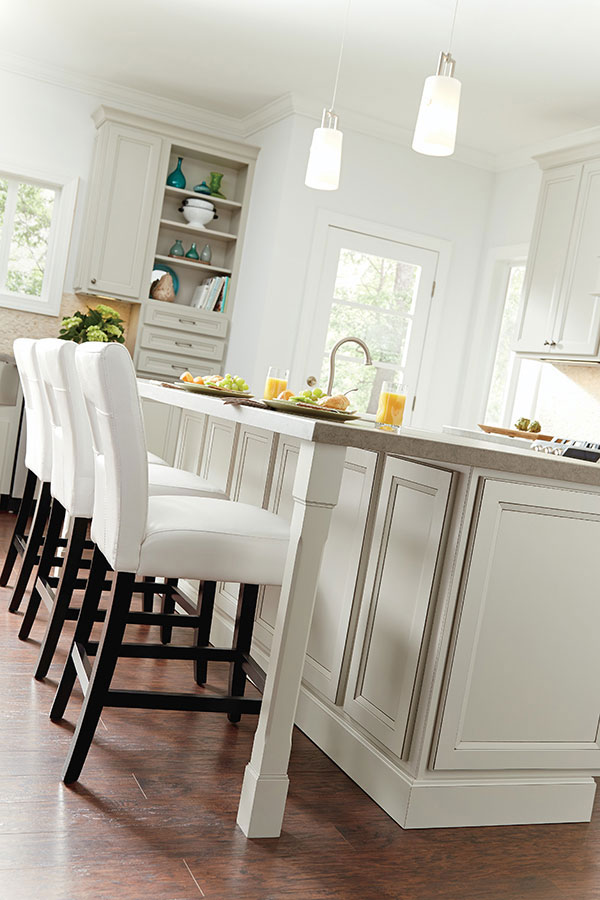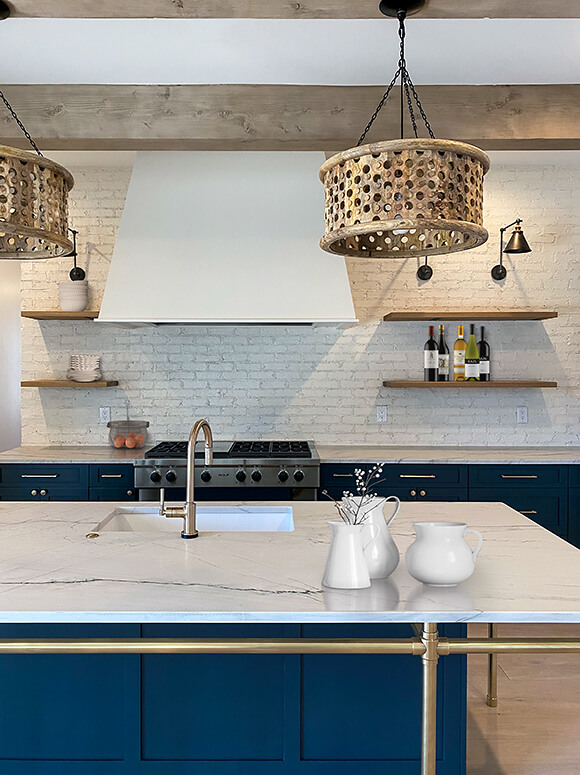Discover Affordable and Chic Solutions in Legs For Kitchen Island Updates
Discover Affordable and Chic Solutions in Legs For Kitchen Island Updates
Blog Article
Checking Out the Numerous Designs of Legs For Cooking Area Island: What You Required to Know
In the realm of cooking area style, the choice of legs for your island is more than a plain visual choice; it substantially influences both design and functionality. Industrial styles can present a tough personality, while rustic farmhouse legs evoke a feeling of heat and tradition.
Modern Metal Legs
Modern steel legs have come to be a popular selection for kitchen islands, supplying both sturdiness and a sleek aesthetic. These legs are typically crafted from materials such as stainless-steel, aluminum, or functioned iron, making them immune to tear and put on, which is vital in a high-traffic location like the kitchen. Their robust building and construction guarantees security, accommodating the weight of heavy kitchen counters and everyday use.
Along with their toughness, modern steel legs can be found in various layouts, from minimalist to industrial styles, allowing house owners to tailor their kitchen area islands to their special preferences. The reflective surfaces of steel can include a contemporary touch, enhancing the overall illumination of the kitchen area. In addition, metal legs can be matched with a large range of countertop materials, harmonizing perfectly with granite, quartz, or perhaps reclaimed wood.
One more advantage of metal legs is their ease of maintenance; they can be simply cleaned down to eliminate any type of spills or spots, making certain durability and tidiness. In general, modern-day steel legs not only supply structural support for cooking area islands yet likewise add considerably to the aesthetic charm, making them a favored option for modern kitchen layouts.
Traditional Timber Legs

Conventional timber legs can take different forms, consisting of transformed, tapered, or square designs. Turned legs feature a rounded profile with luxuriant outlining, including a touch of elegance. Tapered legs, on the other hand, supply a more streamlined look while maintaining a typical vibe. Square legs provide a durable look, which can develop a feeling of stability and weightiness in the style.
Additionally, wood legs can be tarnished or painted to match existing cabinetry or design, providing modification options that enhance the total visual of the kitchen area. Pairing these legs with a timber kitchen counter or various other wood elements can develop a cohesive look, emphasizing the warmth and personality that typical timber brings to kitchen islands. Hence, typical timber legs stay a classic selection for those seeking sophistication and capability in their kitchen layout.
Industrial Design Legs

The convenience of industrial legs enables them to match a range of kitchen counters, from redeemed wood to polished concrete. Their inherent stamina guarantees toughness, making them appropriate for heavy-duty use. Furthermore, the minimal style often related to industrial design legs can boost the overall room without overwhelming it.
Shade alternatives commonly range from matte black to brushed nickel, permitting personalization to match individual preferences. Legs For Kitchen Island. Industrial legs can be integrated right into numerous cooking area configurations, from open-concept rooms to extra small styles. This flexibility makes them an appealing go to this web-site alternative for modern-day property owners seeking both functionality and design. Inevitably, commercial design legs can transform a cooking area island right into a statement check my blog piece, marrying kind and feature in a harmonious way.
Rustic Farmhouse Legs
Rustic farmhouse legs symbolize a charming mix of tradition and heat, making them a prominent selection for cooking areas that seek to evoke a relaxing, inviting environment. Identified by their sturdy building and natural materials, these legs often feature timber with a distressed surface, showcasing the appeal of imperfections that includes age. This visual not just enhances the farmhouse style however likewise includes personality and credibility to the kitchen room.
Commonly, rustic farmhouse legs are made with robust, chunky profiles that provide considerable assistance for the kitchen island. Commonly crafted from redeemed timber, they add to a lasting layout while using a distinct tale via their different appearances and tones. The all-natural grain patterns and knots located in these products enhance the visual charm and bring a sense of nature inside.
In addition to their visual value, rustic farmhouse legs can be combined with various tabletop materials, such as butcher block or stone, producing an unified balance between rustic charm and modern performance. This adaptability enables home owners to tailor their kitchen area islands according to individual choices, making sure that the space remains both trendy and sensible for daily usage.
Unique Ornamental Legs
Regularly neglected, distinct ornamental legs can change a standard kitchen area island right into a declaration item that mirrors individual style and creativity. These legs offer not just as architectural assistances yet additionally as imaginative expressions that enhance the overall aesthetic of the kitchen.
Available in a variety of designs, distinct ornamental legs can vary from complex functioned iron scrollwork to frankly transformed timber patterns. For those leaning towards an extra contemporary appearance, sleek metal legs in geometric forms can give a minimal yet eye-catching appeal. Redeemed wood legs with artisanal detailing bring warmth and personality, lining up with sustainable style principles.
Integrating distinct ornamental legs right into your kitchen area island enables for countless personalization. Color, appearance, and type can be manipulated to integrate with existing decoration or to introduce an amazing comparison. Pairing a rustic wood top with refined brass legs produces a striking juxtaposition that draws the eye.
Ultimately, picking special attractive legs is Legs For Kitchen Island an opportunity to share personal preference while making sure functionality. By focusing on both style and sturdiness, house owners can develop a kitchen area island that not only stands out however also serves as a useful focal point for culinary ventures.
Final Thought
Modern steel legs supply a streamlined look, while typical wood legs supply warmth and personality. Industrial-style legs introduce an urban charm, and rustic farmhouse legs highlight natural appeal and toughness.
A selection of traditional wood legs can enhance the charm and warmth of kitchen islands, appealing to property owners that like a timeless visual. Combining these legs with a timber counter top or various other wooden aspects can produce a cohesive look, emphasizing the warmth and personality that traditional timber brings to cooking area islands. Modern steel legs supply a smooth look, while conventional wood legs offer heat and personality. Industrial-style legs present a metropolitan appeal, and rustic farmhouse legs highlight natural elegance and toughness. One-of-a-kind attractive legs serve as a method of customization, guaranteeing that the kitchen island not only sustains functional use but additionally boosts the general design of the kitchen.
Report this page